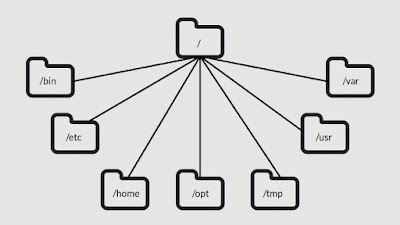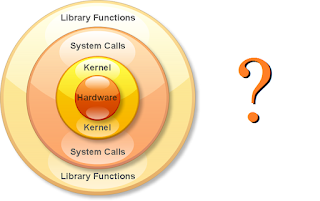Linux Directory Structure

Basics of Linux Directory Structure In Linux OS, each file has its own importance. It means, every file is a part of a specific concern a user can set. This nature of Linux provides the higher flexibility for users like beginners, as well as provides more configurable options for advanced system administration users. In this paper, we are going to discuss shortly the directory structure of Linux. We will try to describe what a directory is used for, by reading this article, we can decide and assess the security fit falls according to different directories. The Root Directory Every other directory resides under the Root directory. You can call it the starting point of Linux directory structure. Please note that there is a difference between the System Root Directory and User Root Directory . The System Root Directory is one, under which you see all the other essential directory structure (simply speaking), and the User Root Directory is the one, which may exist unde
